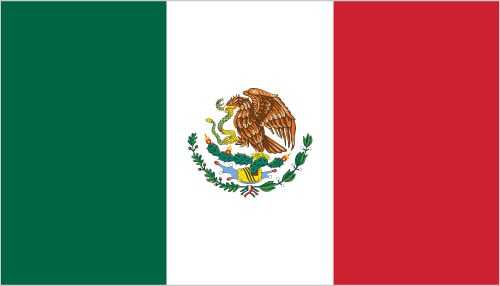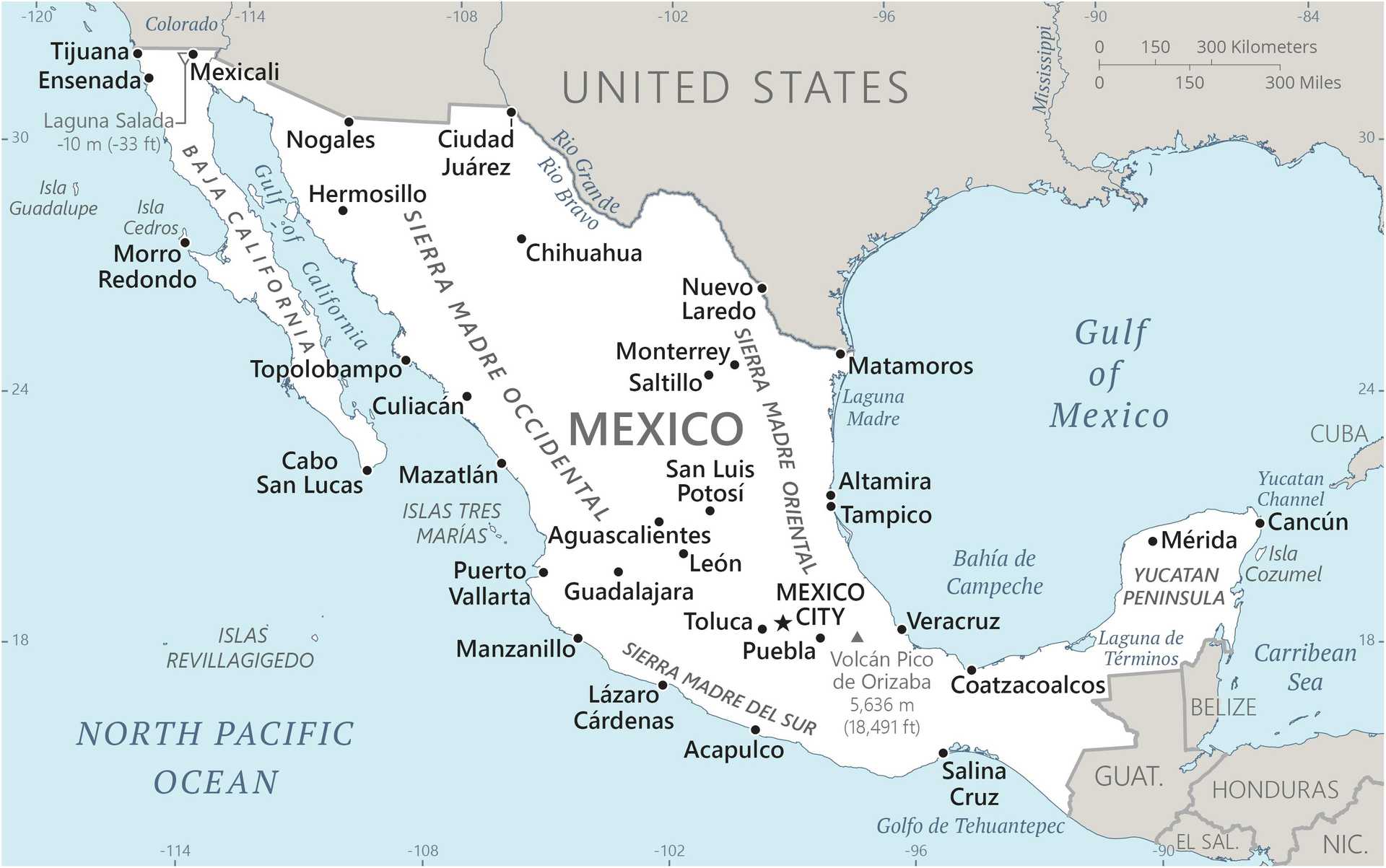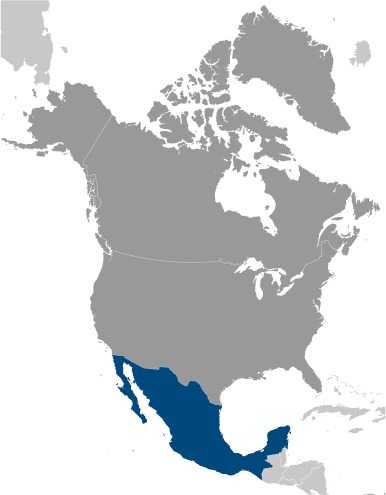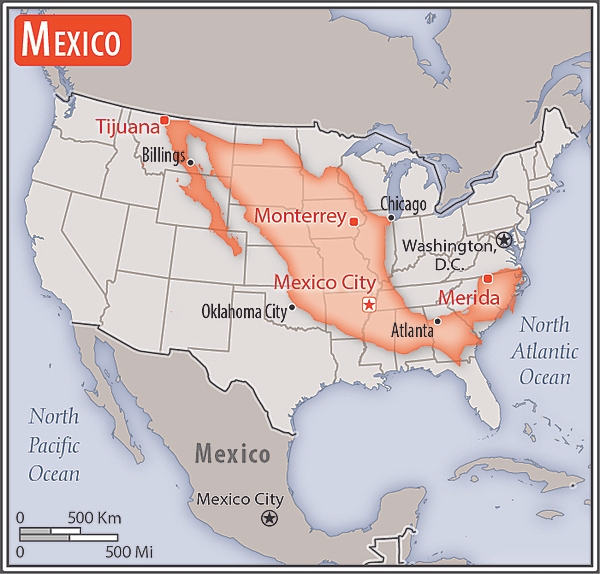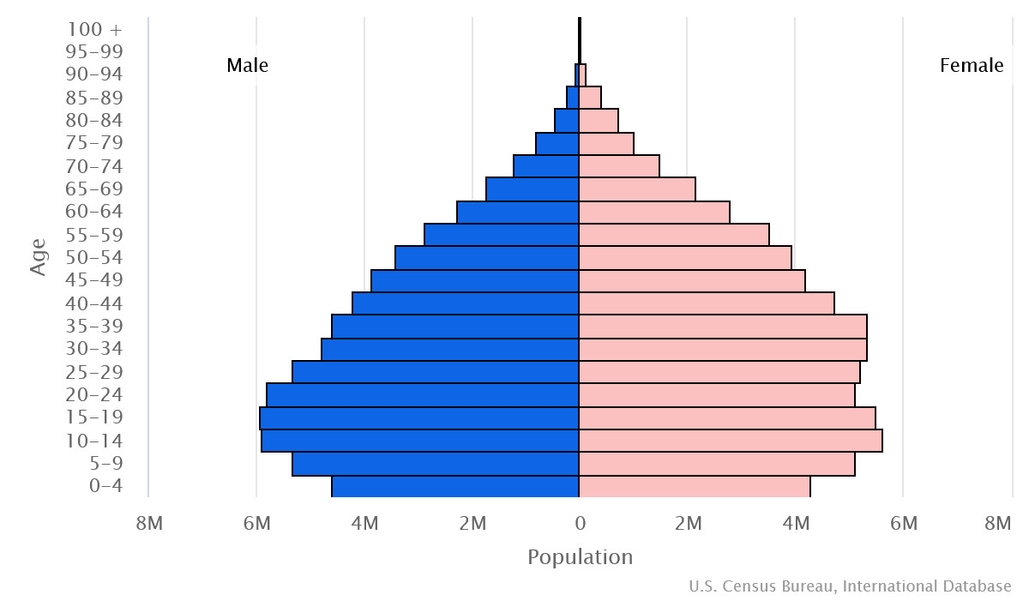Introduction
Visit the Definitions and Notes page to view a description of each topic.
Geography
People and Society
Population
comparison rankings: female 10; male 10; total 10
Languages
Median age
comparison ranking: total 132
Population growth rate
comparison ranking: 122
Birth rate
comparison ranking: 118
Death rate
comparison ranking: 134
Net migration rate
comparison ranking: 131
Maternal mortality ratio
comparison ranking: 94
Infant mortality rate
comparison ranking: total 109
Life expectancy at birth
comparison ranking: total population 140
Total fertility rate
comparison ranking: 142
Obesity - adult prevalence rate
comparison ranking: 28
Alcohol consumption per capita
comparison ranking: total 91
Tobacco use
comparison ranking: total 116
Children under the age of 5 years underweight
comparison ranking: 79
Education expenditures
comparison ranking: 107
Environment
Revenue from forest resources
comparison ranking: 111
Revenue from coal
comparison ranking: 36
Government
Economy
Real GDP (purchasing power parity)
comparison ranking: 13
Real GDP growth rate
comparison ranking: 100
Real GDP per capita
comparison ranking: 94
Inflation rate (consumer prices)
comparison ranking: 117
GDP - composition, by sector of origin
comparison rankings: services 99; industry 56; agriculture 127
Industrial production growth rate
comparison ranking: 93
Labor force
comparison ranking: 12
Unemployment rate
comparison ranking: 37
Youth unemployment rate (ages 15-24)
comparison ranking: total 166
Gini Index coefficient - distribution of family income
comparison ranking: 28
Public debt
comparison ranking: 123
Taxes and other revenues
comparison ranking: 151
Current account balance
comparison ranking: 186
Reserves of foreign exchange and gold
comparison ranking: 16
Debt - external
comparison ranking: 2
Energy
Electricity
comparison rankings: transmission/distribution losses 204; imports 48; exports 63; consumption 15; installed generating capacity 14
Carbon dioxide emissions
comparison ranking: total emissions 14
Energy consumption per capita
comparison ranking: 81
Communications
Telephones - fixed lines
comparison ranking: total subscriptions 10
Telephones - mobile cellular
comparison ranking: total subscriptions 14
Internet users
comparison ranking: total 9
Broadband - fixed subscriptions
comparison ranking: total 11
Transportation
Merchant marine
comparison ranking: total 34
Military and Security
Military expenditures
comparison ranking: 158

